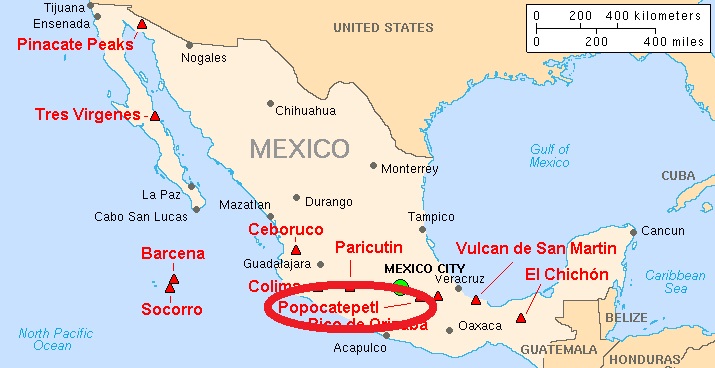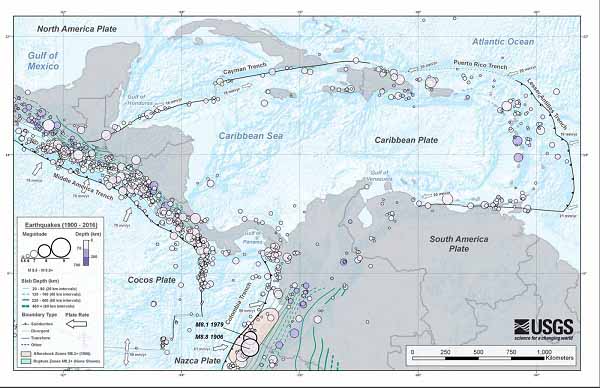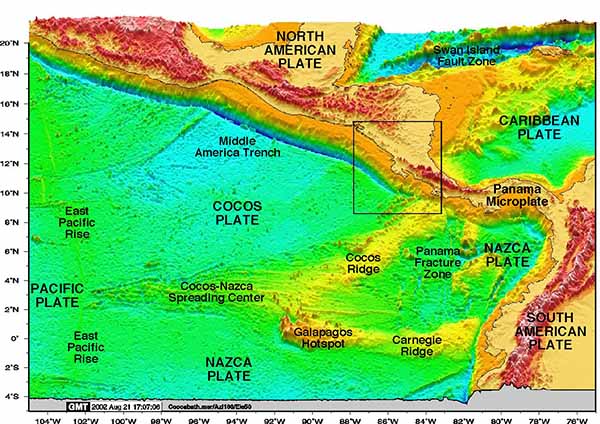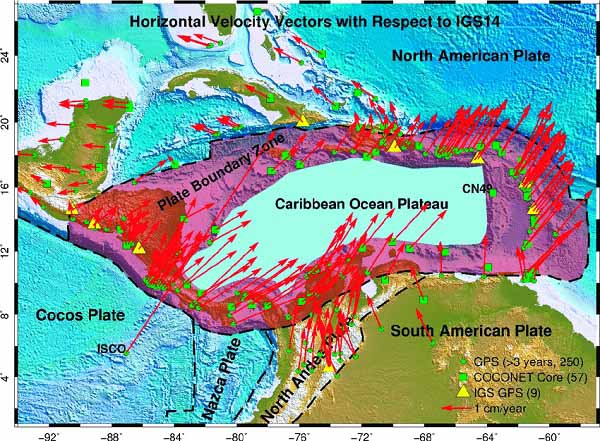
Table of contents.
– Introduction
– China Tectonics
– Characteristics and Mechanisms of Chinese Continental Tectonics
– Plate Tectonics of China
– The collision between the Indian subcontinent and the Eurasian continent
– Seismic Tomography Imaging of China Deep Structure
– References
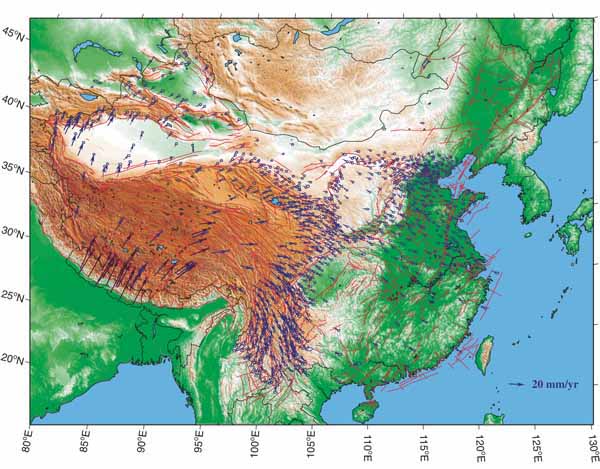
China is located in one of the most complicated tectonic areas in the world. Three Precambrian cratons (Sino-Korean, Tarim, Yangtze-Cathaysian) and the intervening Paleozoic accretionary and collisional folded belts (The Huanan Caledonides, Ogchean belt, The Tan-Lu fault, Honam fault) constitute the tectonic backbone of China.
Continue reading “Geology, Tectonics and Deep Structure of China”

